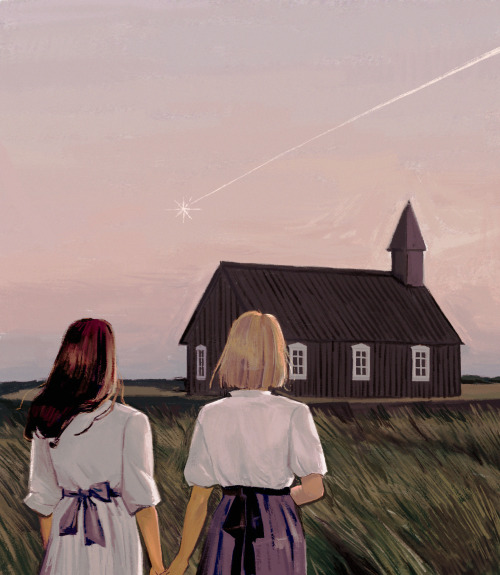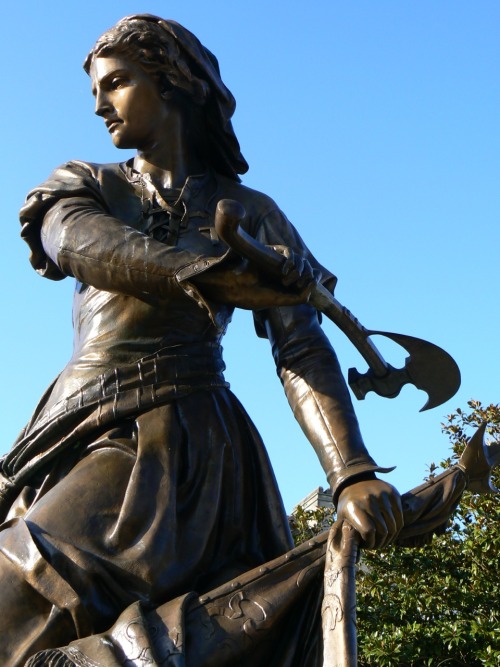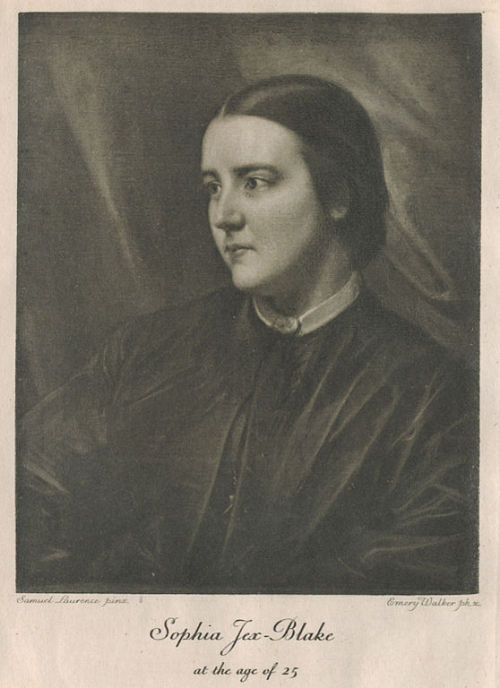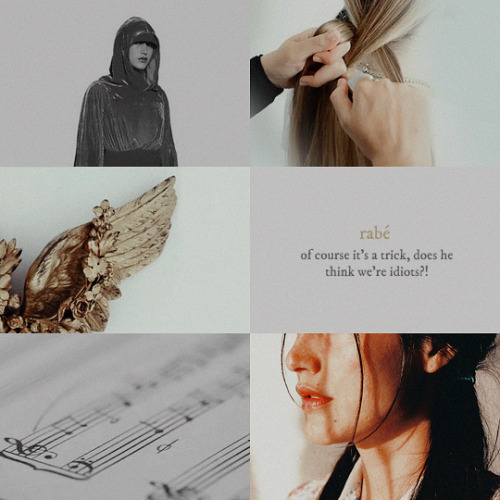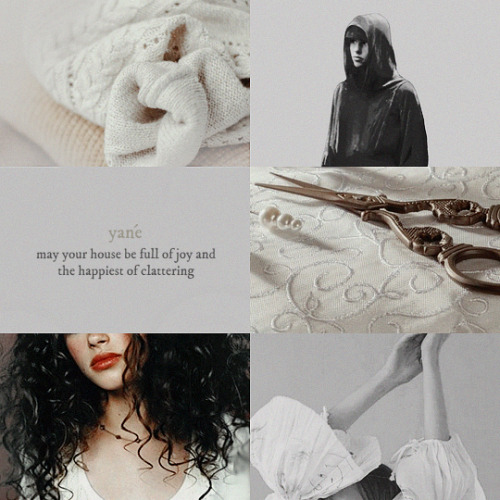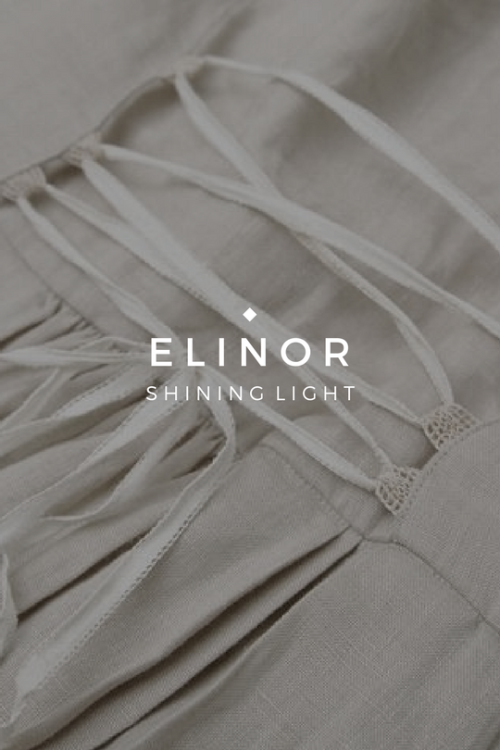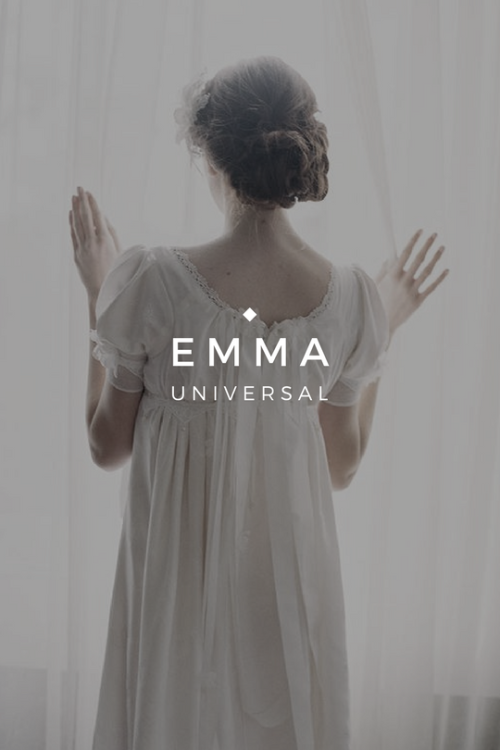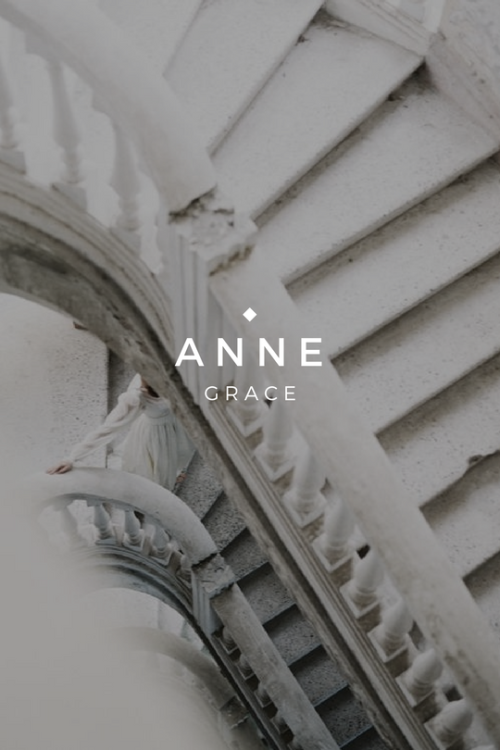#heroines
Illustration personal project based on Studio Ghibli Heroines. Watermark & color fade cause this shit is important. #studioghibli #hayaomiyazaki #ghibli #miyazaki #howlsmovingcastle #spiritedaway #princessmononoke #illustration #design #personalproject #typography #print #printdesign #anime #film #art #yeg #edmonton #designschool #university #designer #illustrator #vector #vectorart
Some Ghibli illustration work I had been working on and hope to sell in my etsy store soon. Would you buy it? :)
Feel free to follow me on Instagram for more of my design work and my own personal junk lol.
IG: hylians
Post link
Remarkable Women in History by Country: Scotland
Black Agnes
Countess Agnes Randolph defended the castle of Dunbar against the English forces of King Edward III.
Though she was faced with one of England’s most able commanders and only had a few people to defend it, she refused to yield the castle when it came under siege in 1338.
She enjoyed mocking the besiegers. When bombarded by stones from catapults, she led her ladies in her best clothes to the damaged parts and wiped off the damage.
Agnes had a battery ram destroyed by dropping a huge boulder on it, which had first been thrown inside the castle walls by the English.
After a siege of almost five months, the English gave up and Agnes retained the castle.
Nowadays, she is still a famous heroine in Scotland.
Post link
Jeanne Laisné (nicknamed Jeanne Hachette - ‘Jean the Hatchet’).
Born 1456 - died ?
Claim to fame: a French military heroine who prevented the capture of Beauvais.
In June of 1472 Charles the Bold, Duke of Burgundy, laid siege to the French town of Beauvais. Over the course of the three week siege, a peasant woman named Jeanne Laisne joined a contingent of women and children responsible for loading the town’s cannons, delivering munitions and dumping boiling liquid over the walls onto the attackers.
By 27 June, many of the French defenders had lost hope and begun to flee as an assault from the Burgundians seemed set to defeat the town. An officer was about to plant the Burgundian flag on the wall and claim Beauvais when Jeanne grabbed a hatchet and flung herself upon him, hurling him off the wall and tearing down the flag. Her bravery revived the courage of the garrison and the French soldiers returned to their posts, keeping the Burgundians at bay until reinforcements arrived and the town was saved.
By way of recognition, King Louis XI heaped favours on Jeanne and ordered for the ‘Procession of the Assault’ to take place in Beauvais every year with women marching at the head of the parade. This tradition still continues.
In 1851, a bronze statue sculpted by Gabriel-Vital Dubray (pictured above) was unveiled in Beauvais by Louis-Napoleon Bonaparte.
Post link

The wonderful lady war workers of 1943…
“…theHeroides define women very specifically in relation to lack…for they are heroines insofar as they have been left, cut off from the men whose loss or departure is their sole function to bemoan. Moreover, this desertion is represented as an absolute condition: there is no question, for example, of these women looking about pragmatically for a replacement, nor of there being any recuperation, rescue or redress. The women’s state is one of utter dereliction (which is why it lends itself so often to the metaphor of the city ruined and sacked)…The Heroides, in other words, rather insistently define the female condition as privatory: all the complaints are presented as women who have lost - and lost for good - something that, in the form a suitor, lover, husband, or beloved, they once possessed, and that loss is the definition of their femininity.” - Bates, “Feminine identifications in A Lover’s Complaint.” Masculinity, gender and identity in the English Renaissance lyric.
Post link






Sailor Scouts Series
Sophia Jex-Blake, MD
So, friends, it’s been a while. This is going to be a quick post to celebrate the amazing lady pictured above, a Victorian trailblazer whom you may not have heard of before but definitely should remember from now on.
Sophia Jex-Blake, quite apart from having one of the sickest Victorian names I’ve ever come across, was the leader of the ‘Edinburgh Seven’ (the others were Isabel Thorne, Edith Pechey, Matilda Chaplin, Helen Evans, Mary Anderson, and Emily Bovell). These seven women petitioned the University of Edinburgh to allow them to matriculate [i.e., to become students on a course for a degree] in medicine. At first, the uni told Jex-Blake – who initially sought to take the entrance exam alone, before enlisting the help of the others – it would be too expensive and disruptive to have to set up lessons, exams, surgery theaters, etc., for just one woman. Obviously this was an excuse to exlude Jex-Blake because of her gender, which the medical establishment deemed too sensitive and too distracting to allow into their halls. Jex-Blake called their BS, publicly calling for like-minded women via posts in The Scotsmannewspaper and thus gathering together six fellow women. The Edinburgh Seven thus studied up for the matriculation exam. As the Wiki report notes:
Of the 152 candidates who sat the exam on 19 October 1869, five were women. Four of the women came in the top seven places. [x]
By18 November 1870, they were in.
Except, as Virginia Woolf can tell you, getting “in” isn’t the end of the struggle. Once Jex-Blake et al. had joined the program, pushback from the male-dominated students, teaching assistants, professors, and physicians made attending classes – even gettingto lectures – incredibly difficult. Not only did the university charge the womenhigher tuition fees (for the inconvenience of being women and thus necessitatingseparate courses!), but also offered them fewer scholarship opportunities to pay for their coursework. More violent reactions came from classmates and TAs:
Sophia later wrote that it was “as if a conspiracy had been formed to make our position as uncomfortable as might be”. She catalogued the abuse: her doorbell was “wrenched off” and her nameplate damaged five times; a Catherine wheel was attached to her door; smoke was blown in their faces;filthy letters were sent; they were waylaid in quiet streets; obscenities were shouted at them in public.
Edith Pechey, in a letter to the Scotsman, also spoke of being followed in the streets and having “the foulest epithets”, such as “whore”, shouted at her. [x]
Eventually, after an actual “Servants’ Hall riot” about their attendance, the Seven got near the end of their degrees, only for the university to rule in 1873 that the women were to be rejected of their degrees and dismissed.
After that, each of the Seven decided to pursue her medical career elsewhere. Jex-Blake went to Switzerland to finish her training, then eventually – in 1877 – was recognized in Ireland (still then unified and part of the UK) as a doctor. Thus she was eligible to practice in Britain at last.
But she didn’t just go back to any old major or country hospital. Instead, Jex-Blake(at first with Pechey and other comrades from the Edinburgh fight) founded the Edinburgh School of Medicine FOR WOMEN in 1886! For six years, their school continued to be the only one that fully admitted female students in the discipline of medicine; according to the history of the Royal College of Physicians of Edinburgh, “During the twelve years of the School’s existence,at least 80 students started courses of whom 33 completed their training there; [and] 31 completed their training elsewhere” (x). Nor were these just the same middle-class white women who had stormed the Uni of Edinburgh the previous decade:
At the start of the summer term 1888, Annie Wardlaw Jaganndham, a Hindu woman, came to Edinburgh to continue her medical studies. She was soon joined by Annie Wells, who had studied for the Certificate of Medical Practitioner at Madras University and the Grant Duff Gosha Hospital. Dr Jaganndham was the first of many newly qualified doctors to become resident medical officer in the Edinburgh Hospital for Women and Children, to be followed by other newly qualified young doctors in that position. Other doctors who had studied at the School served in more senior posts in the hospital.
After the two women from India graduated, Dr Jex-Blake wrote a second article which was published in The Spectator in 1890. She again stressed the need for women doctors in India. Her plea was answered by Mr James Cropper who instituted a scholarship for that purpose. The first recipient was Rose Govindurajulu who had taken some medical classes in Madras and been given study leave from her post in the Mysore Hospital. Having qualified, she returned to Mysore to become Assistant Physician and later Surgeon in the Mahareenee’s Hospital. (x)
Now, any fair history of Jex-Blake has to acknowledge her reputation – especially among the women with whom she had begun this fight, and who had been the first teachers at the Edinburgh School – as “brilliant, hot-tempered, and resourceful”in a more generous light; in a more unforgiving one, for being a tenacious tyrant. Eventually, disagreements between Jex-Blake and several of her female colleagues led them to part ways, with the Cadells setting up their own school for women in Edinburgh.
In 1894, though, these schools become moot: the University of Edinburgh finally saw the light, and began admitting women for the Faculty of Medicine. (Their tuition still wasn’t covered, and they still for a while had to attend separate lectures from the male students.) Jex-Blake’s and the others’ newer schools were no longer needed, and since they had been a financial and personal burden on Jex-Blake and the other founders from day one, the ESMW closed in 1898.
More happily, Jex-Blake lived the rest of her life with her companion, Dr. Margaret Todd, a younger woman who had graduated from Jex-Blake’s school in 1894! Not only was Todd a minorly successful novelist, but she also is credited with coining the term “ISOTOPE” (!!!), when discussing with friend and chemist Frederick Soddy his work on, well, isotopes. Soddy went on to win the Nobel Prize in chemistry (in 1921, for this very work); Todd went (obviously) unrecognized for years. She died in 1918, at age 58, after completing a detailed work on Jex-Blake’s life.
Jex-Blake herself died in 1912, age 71. As the Edinburgh alumna page dedicated to her notes, she “continued to campaign for women’s suffrage” both in Britain and in the larger empire “until her death” (x).
Post link
“Theygaveuptheirfamiliesandtheirnamesandtheirreputations,andtheydiditwillingly,becausetheybelieveinyourideaofwhatwecouldbe.Youtrainedusandgaveustheabilitytodefendourselves.Wehaveworkedtobecomeafluid,adaptablegroup,andwearepowerful,Captain.Evenifit’snotthekindofpoweryouareaccustomedto.”
Post link
Freerunner Batgirl.
Did this awhile back, which is odd because I’ve always been too chicken to submit to Project Rooftop. My recycle bin is littered with casualties from over the years. Meh to that, now. MEH I say!
Post link
Why is it, that in lots of books the author takes pains in describing the heroine/ female protag as ’ plain’ or not conventionally beautiful but then the fanart/ representation of the character looks like a perfectly proportioned barbie doll?! Are womens feats in literature not enough ?
Its almost like we’re brainwashed in thinking only beautiful women can be successful…sound familiar?
Wonder Woman <3
(I’m back again! How many times has it been…? Let’s hope I can stay for good this fall :)
Post link



